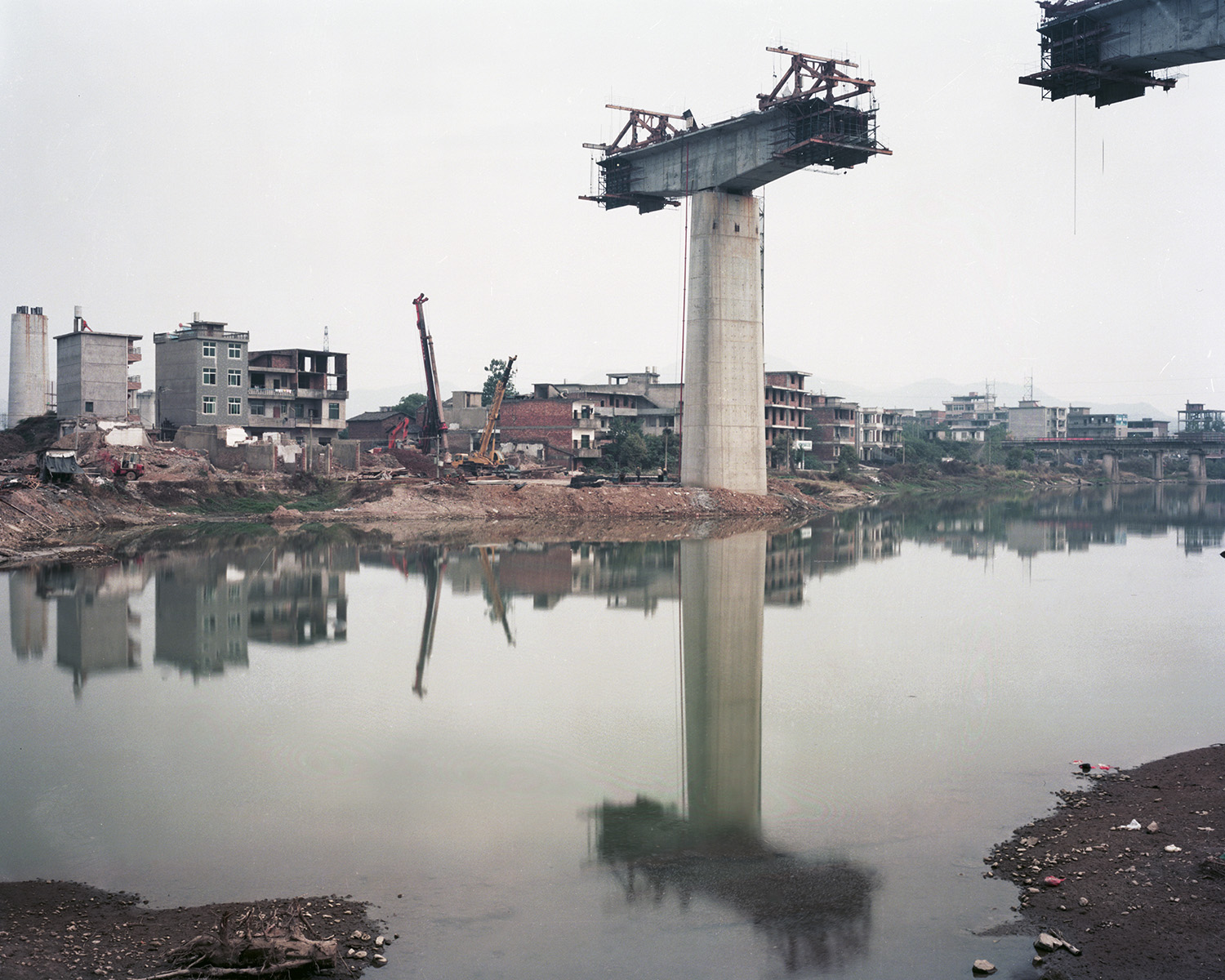
Concrete pillars tower above a river bank. Sharp steel spikes dangle precariously over the two- and three-story buildings below. Ultra-modern trains will soon zoom over these yet-to-be-finished tracks — part of a historic infrastructure project that is about to forever change the social and physical landscape of the world’s most populous nation.
Canadian photographer Scott Conarroe has explored the tension between massive public projects and everyday human existence, documenting North American coastal railways and the construction of China’s hugely ambitious new transit system. His landscape studies capture not only the incredible scale of modern infrastructures, but the constant subliminal presence these infrastructures exert on the societies they serve.
The project that would become The Great Eastern was an extension of Conarroe’s 2008 series, By Rail. In 2012, he traveled to China to document the massive railway expansion that was already underway. With support from TIME, he says, he had an opportunity to present his work to a larger, more diverse audience interested in global issues.
“I was trained as a conceptual-art kind of guy. It wasn’t until I’d begun my professional practice that I began to identify with documentary photography,” Conarroe told TIME. “I typically build projects along geo-cultural features like infrastructure and water.”
Conarroe has developed a dual identity in his travels, an insider/outsider perspective that comes through in his landscape work, but also in the street photography he’s showing at the Stephen Bulger gallery in conjunction with the Scotiaband CONTACT Photography Festival, opening May 3 in Toronto. Chronicling the obliviousness so many of us have to the complex systems that, in a sense, dictate our physical movements, Conarroe’s photos of men in makeshift pool halls and women lounging on mopeds feel intimate and alive, despite the impersonal structural systems looming just beyond the frame.
“China is at this point in history where they’re becoming a part of the larger world again” Conarroe said. “It’s uncanny how accurately their infrastructural history echoes our own. The railroads are happening there for the same reasons they happened [in North America] — to transform the civilization.”
Conarroe is quick to admit that while he’s been studying the impact of infrastructure on society for the bulk of his photographic career, he’s no expert. His insight, he says, stems from personal curiosity. “I’d call [the current exhibition] a midway survey of my observations of China,” he said. “It allows me to travel around and really explore these ideas.” His latest excursion has led him to the Alps, where he’s looking at how melting glaciers are changing geo-political borders.
His work could be seen as a documentary take on classical landscape photography, a tradition Conarroe says he’s happy to be a part of, but was never conscious of entering. “I like working with obvious motifs,” he says, “and I think landscape photographs make these ideas accessible to pretty much everyone.”
Scott Conarroe will hosts an artist talk at the Stephen Bulger gallery about his recent and upcoming work on May 3 to coincide with the opening of the annual Scotiabank CONTACT Photography Festival.
Scott Conarroe is a photographer based in Canada and Zurich. His work is on display at the Stephen Bulger Gallery from Apr.5 through May 3 in conjunction with the Scotiabank CONTACT Photography Festival.
Krystal Grow is a writer for TIME LightBox.



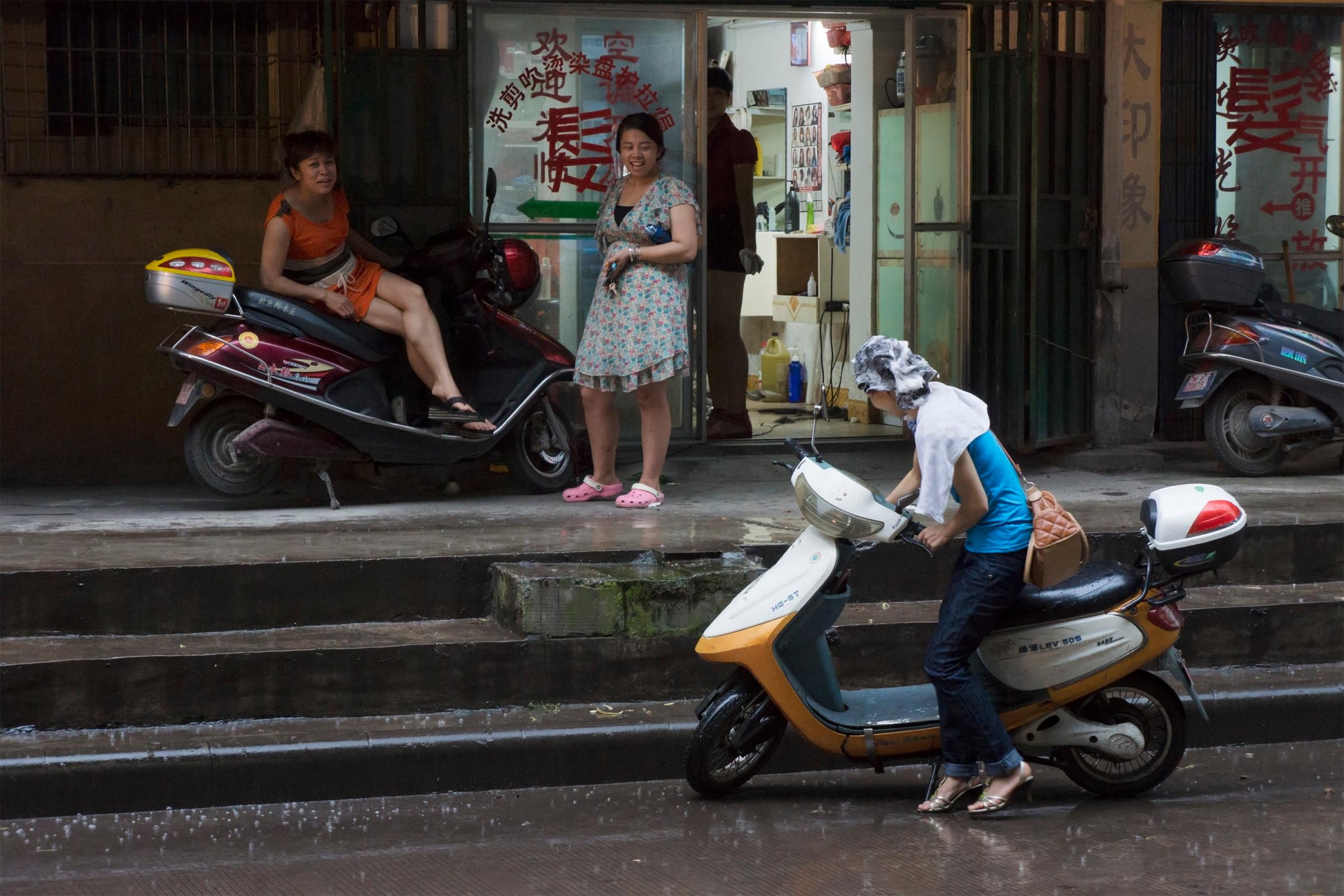
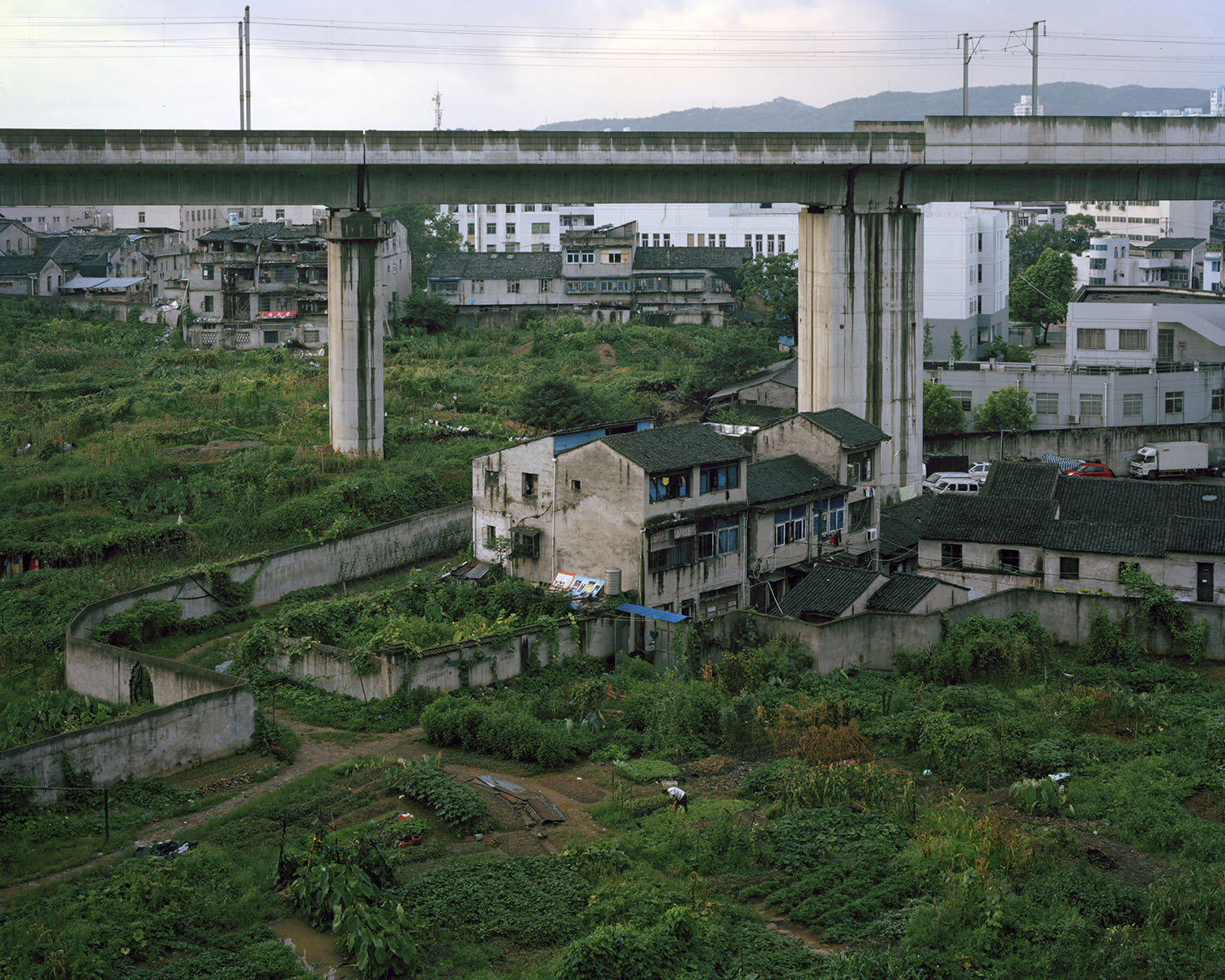


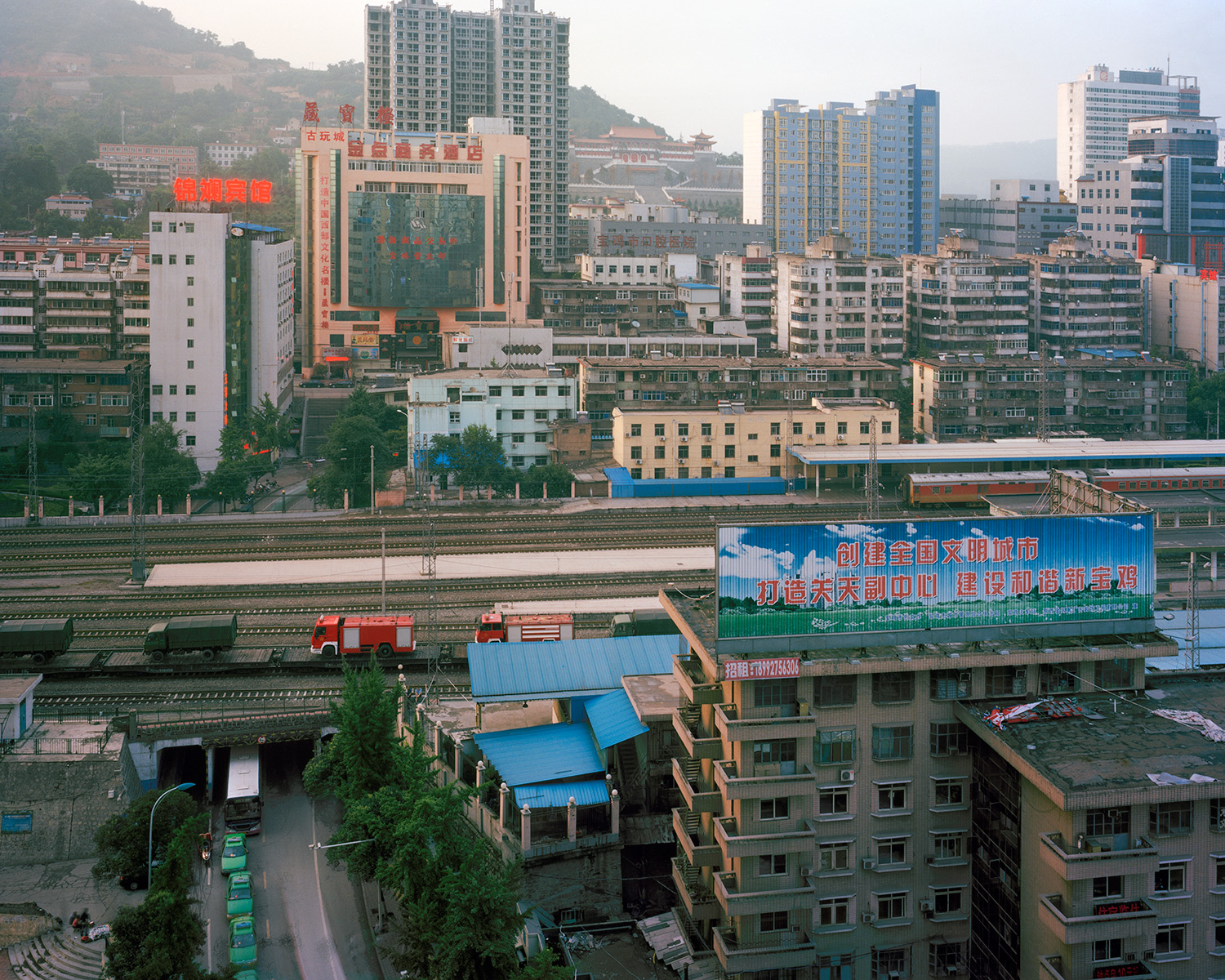
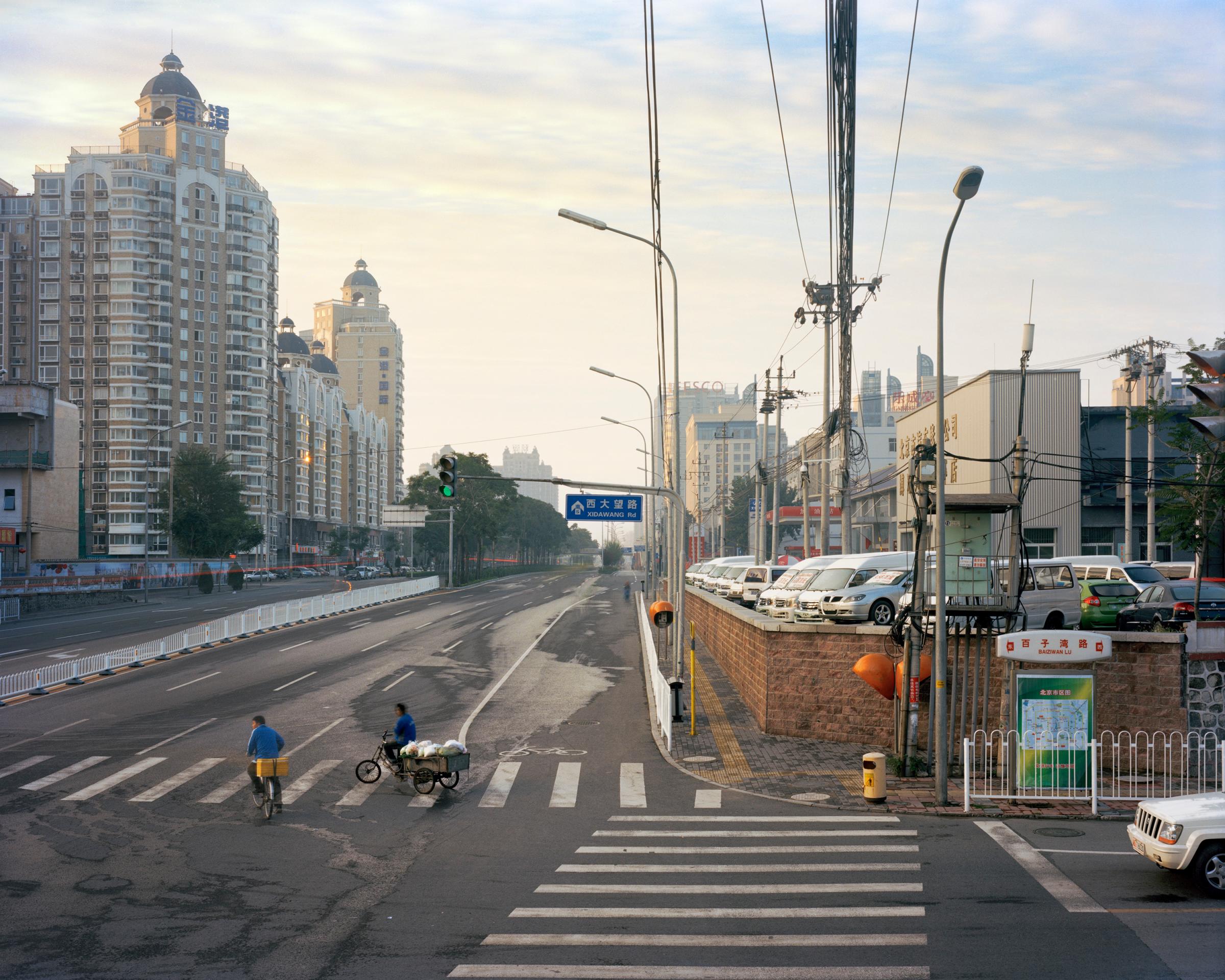

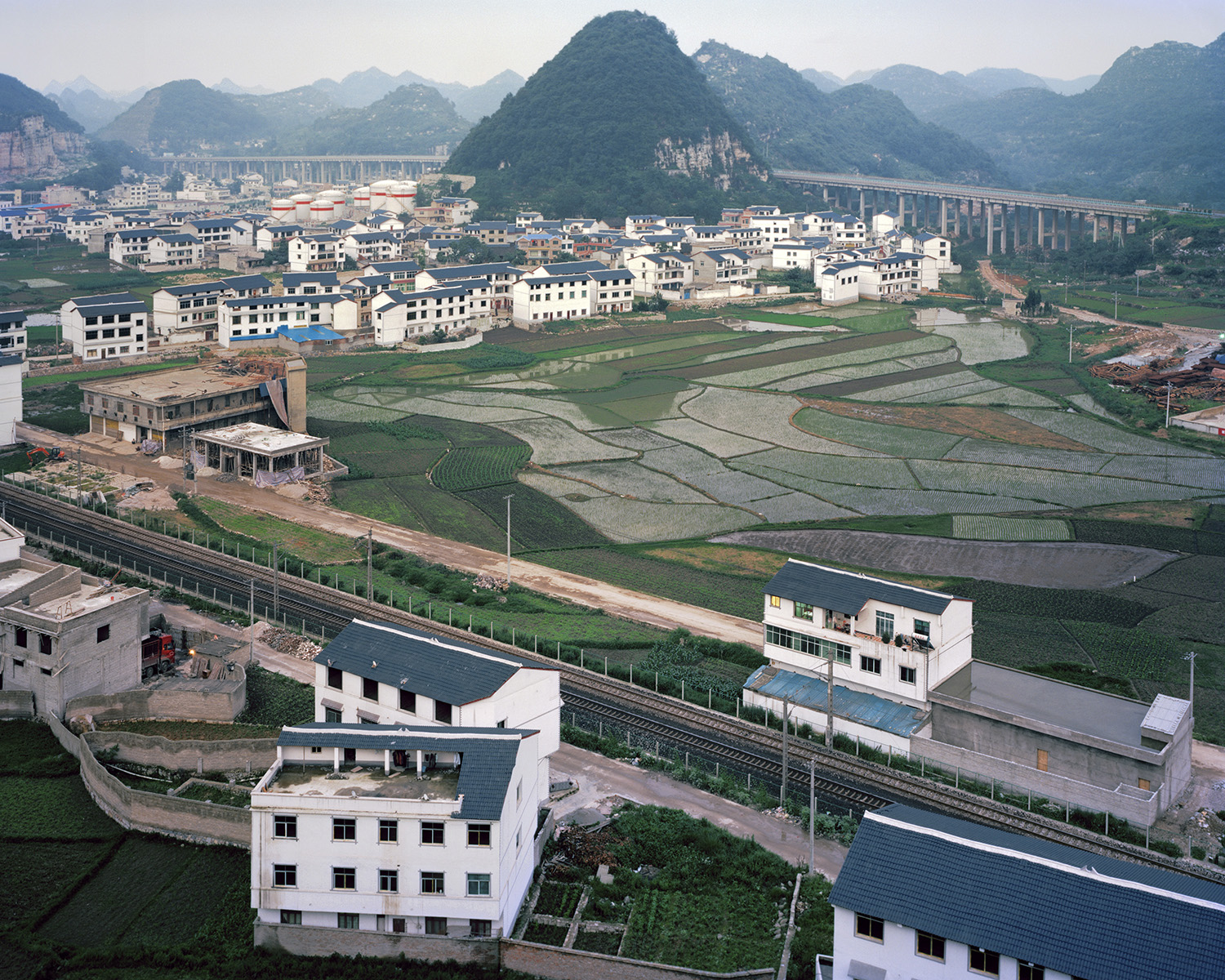
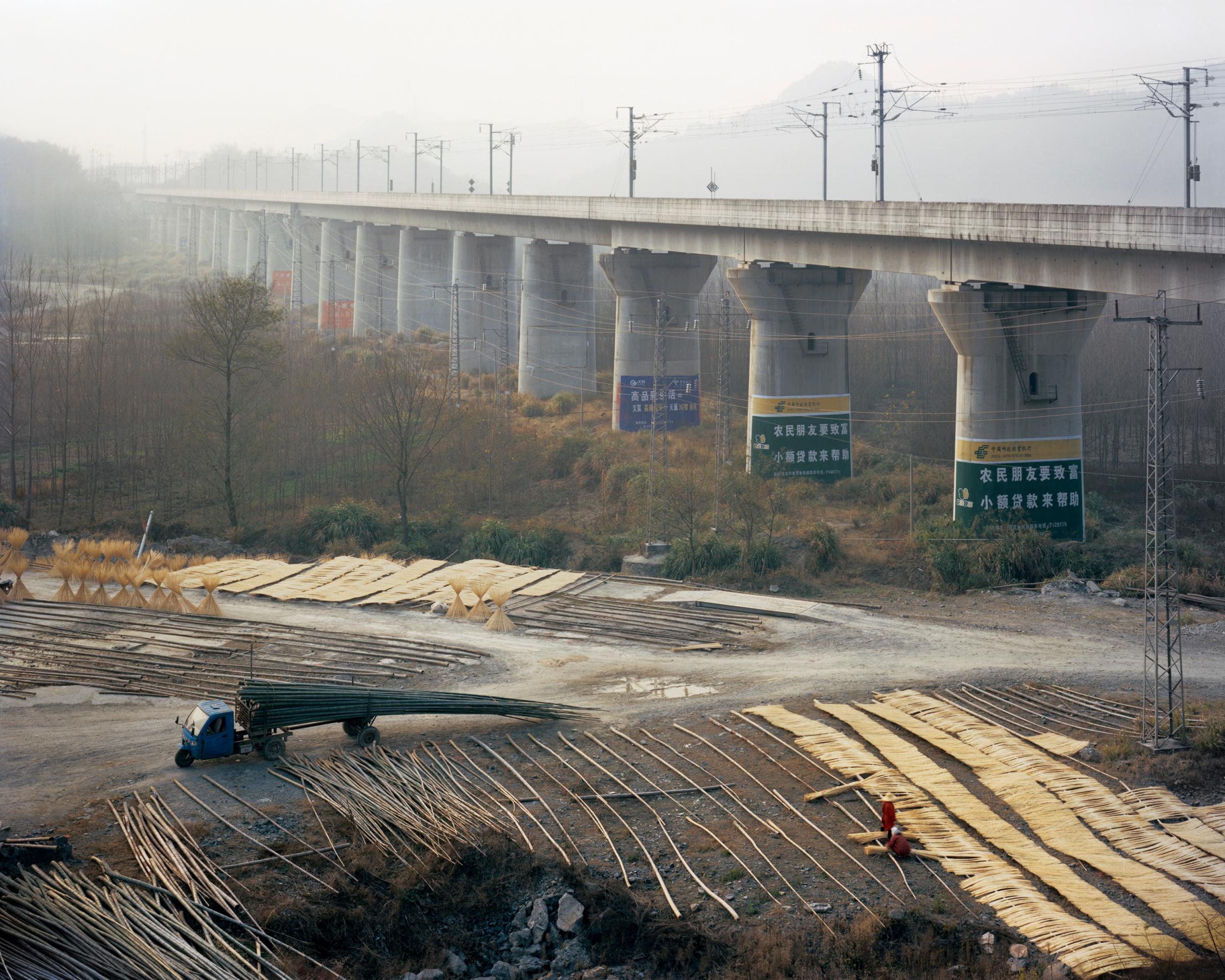
More Must-Reads from TIME
- Donald Trump Is TIME's 2024 Person of the Year
- Why We Chose Trump as Person of the Year
- Is Intermittent Fasting Good or Bad for You?
- The 100 Must-Read Books of 2024
- The 20 Best Christmas TV Episodes
- Column: If Optimism Feels Ridiculous Now, Try Hope
- The Future of Climate Action Is Trade Policy
- Merle Bombardieri Is Helping People Make the Baby Decision
Contact us at letters@time.com